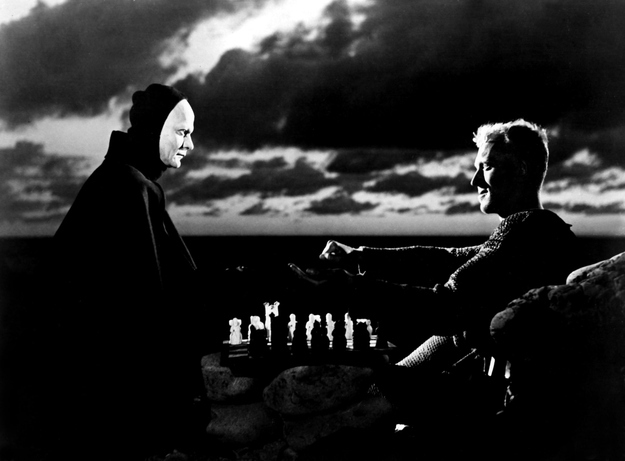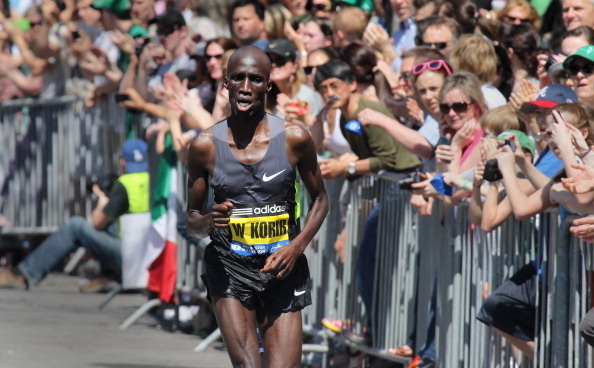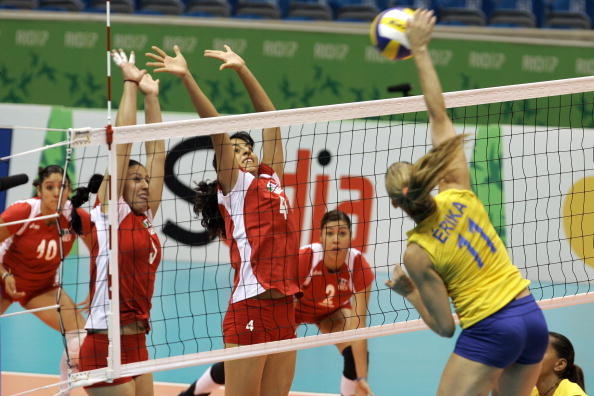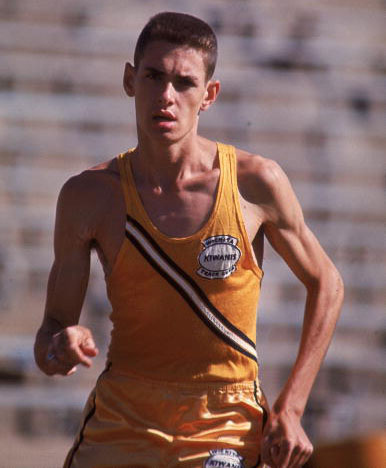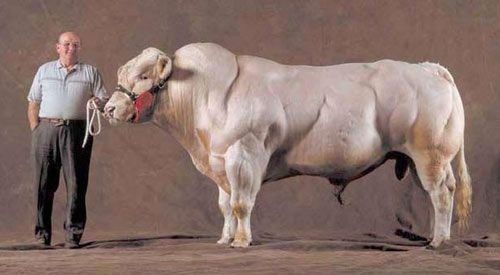Sports Illustrated writer David Epstein has a book out this week called The Sports Gene. It’s about the science of athletic performance — what we’re born with and what we aren’t — and it will change the way you think about concepts like talent, skill, and dedication. And it’s full of crazy factoids that you will read aloud to whoever happens to be sitting next to you. Here are a few of them.
Matching up NBA rosters with the demographic and height data kept by the Centers for Disease Control indicates that approximately 17% of American men who are seven feet tall and between the ages of 20 and 40 are playing in the NBA right now.
In fact, there are only about 20,000 American men between ages 20 and 40 who are 6’8” or taller. And there are something like 150 jobs in the NBA available at any given time for people of that height. That’s about one NBA roster slot for every 130 very tall Americans.
(Bonus fact: When Dennis Rodman graduated high school, he was 5’9” and had played only briefly, as a benchwarmer, for his school’s team.)
Women were prohibited from running distances longer than 200 meters in the Olympics between 1928 and 1960 because such lengths were thought to be too dangerous for their delicate constitutions.
Chess masters in a Dutch study could often recreate an entire game situation — the place of every piece on the board — after seeing it pictured for only three seconds. But when a later study used game situations that can’t actually occur according to the rules of chess, masters weren’t any better at remembering what the board looked like than average players.
Top sled dogs can use about eight times as much oxygen while running as a normal adult man. It’s crazy! They’re so small!
Most elite distance runners from Kenya are members of the Kalenjin tribe, even though it makes up only 12% of that country’s population. Seventeen American men in history have run a marathon faster than 2 hours, 10 minutes. Thirty-two Kalenjin runners did it in October 2011.
Of note: In one study, Kalenjin boys were not found to be significantly different than Danish boys in measures of aerobic capacity, proportion of slow-twitch muscle fibers, or aerobic responsiveness to endurance training. They do, however, have longer and lighter legs.
Less than one in 20,000 women in the general population have a Y chromosome but are insensitive to testosterone and thus develop as females. Over the course of testing at five Olympics, however, an average of 1 in every 421 female competitors had a Y chromosome. (One such competitor is Brazilian volleyball player Erika Coimbra, pictured above.)
In the last 30 years, elite female gymnasts and NFL running backs have actually gotten shorter on average. Gymnasts have gone from an average height of 5’3” to an average height of 4’9”. As mass media and the commercialization of sports have increased the rewards available for specialized athletes, the body types of elite athletes have diversified. (Shorter gymnasts can rotate in the air faster, while shorter running backs are better at accelerating and changing direction.)
The fastest a woman has ever thrown a baseball overhand, per the Guinness World Records, is 65 mph.
(Take that specific number with a grain of salt, as Guinness has the official men’s record at 100.9mph even though radar guns have clocked recent MLB throws up to 105. In any case, overhand throwing is widely thought of as one of the areas of the greatest natural differences between men and women.)
In an experiment at Washington University in St. Louis, a third of the random college students tested had faster reaction times (like, hitting a button as soon as a light turned on, that sort of thing) than Albert Pujols. Which is to say, hitting a baseball turns out to have not much to do with quick reactions. But…
In the early ’90s, a researcher using only information from vision tests taken at spring training picked out Mike Piazza and Erik Karros as the Dodgers prospects with the most potential as hitters. They both won Rookie of the Year awards. The typical Major League hitter has 20/12 vision.
In Jim Ryun’s first race on his high school cross-country team in 1963, he finished 21st on his own team. The next year, as a junior, he ran a four-minute mile, only a decade after the first human had ever done it. Epstein writes that genes make us respond differently to training — in studies, people doing the exact same workouts every day improve their fitness at drastically different rates. Basically, some people are actually born to be better at practice than others.
13. And, finally…
…there are cows that look like this. They are called Belgian Blue cattle. They lack genes that tell their muscles to stop growing. And although Epstein doesn’t mention this specifically, studies indicate that at least 65% of Alabama offensive linemen are in fact Belgian Blue cattle dressed up to look like humans.
Read more: http://buzzfeed.com/bml/13-brain-bogglizing-facts-about-how-genes-do-and-dont-create




